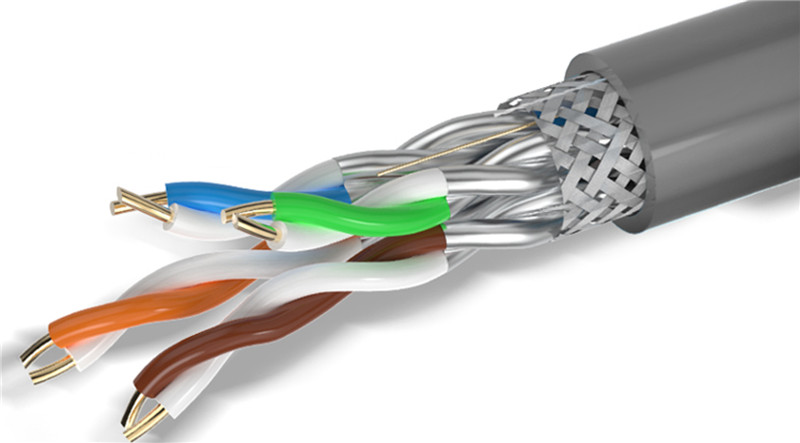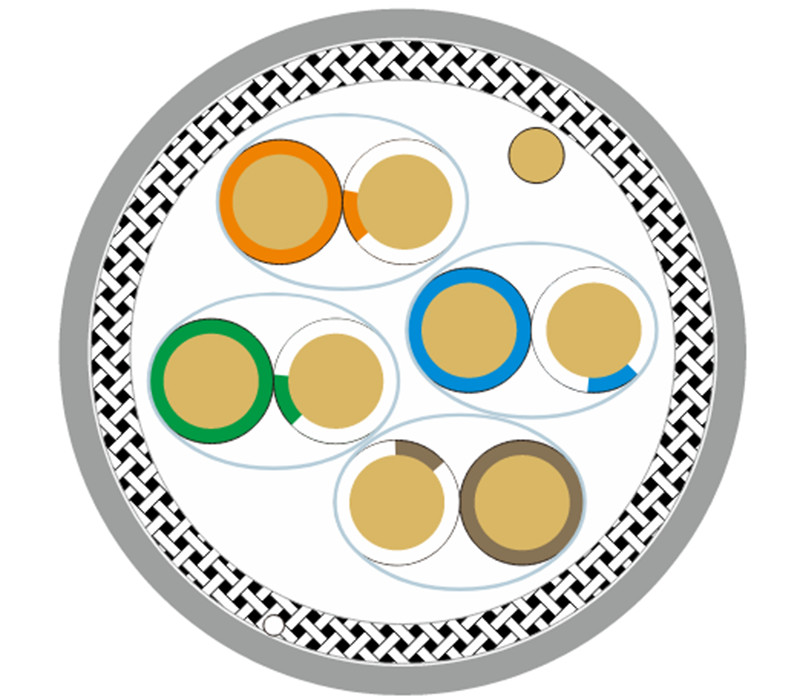Cat8.1 cable, or Category 8.1 cable is a type of Ethernet cable that is designed to support high-speed data transmission over short distances. It is an improvement over the previous versions of Ethernet cables such as Cat5, Cat5e, Cat6, and Cat7.

One of the key differences in Cat 8 cable is its shielding. As part of the cable jacket, a shielded or shielded twisted pair (STP) cable employs a layer of conductive material to protect the internal conductors from electromagnetic interference (EMI), resulting in faster data transmission speeds and fewer errors. Cat8 cable goes one step further, wrapping each twisted pair in foil to virtually eliminate crosstalk and enable higher data transmission speeds. The result is a heavier gauge cable that is quite rigid and difficult to install in tight spaces.
Cat8.1 cable has a maximum bandwidth of 2GHz which four times more than standard Cat6a bandwidth and twice the bandwidth of Cat8 cable. This increased bandwidth allows it to transmit data at speeds of up to 40Gbps over distances of up to 30 meters. It uses four twisted pairs of copper wires to transmit data, and it is shielded to reduce crosstalk and electromagnetic interference.

| Cat 6 | Cat 6a | Cat 7 | Cat 8 | |
| Frequency | 250 MHz | 500 MHz | 600 MHz | 2000 MHz |
| Max. Speed | 1 Gbps | 10 Gbps | 10 Gbps | 40 Gbps |
| Max. Length | 328 ft. / 100 m | 328 ft. / 100 m | 328 ft. / 100 m | 98 ft. / 30 m |
Cat 8 Ethernet cable is ideal for switch to switch communications in data centers and server rooms, where 25GBase‑T and 40GBase‑T networks are common. It is typically used in data centers, server rooms, and other high-performance computing environments where high-speed data transmission is critical. However, it is not commonly used in residential or small office settings due to its high cost and limited compatibility with existing network infrastructure.
Post time: Mar-20-2023







